Tea Packaging: Types, Materials, and Design Ideas
Tea packaging protects freshness, boosts branding, and enhances consumer appeal. Explore materials, trends, and design ideas for a perfect tea experience!
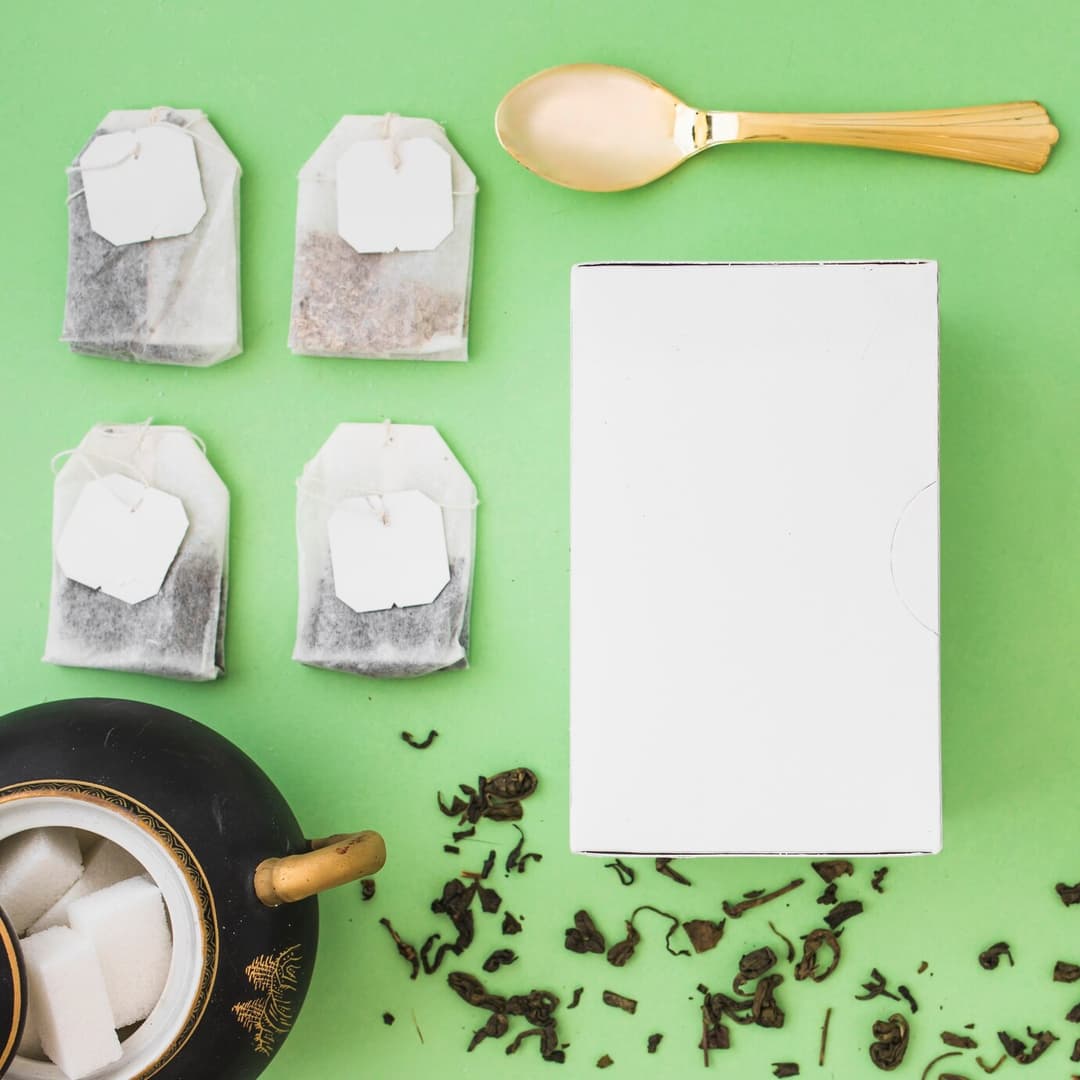
200+ buyers trust Torg for sourcing

Tea Packaging: Types, Materials, and Design Ideas
When you're selling tea, you're selling an experience. That experience begins with the packaging. It's not merely about protecting your product, but about catching the consumer's eye and making them love your brand. Whether you're a small tea shop or a large player in the beverage market, getting the packaging right can be the difference between success and mere survival.
This article explores the different types of tea packaging, the materials used, and creative design ideas that can elevate your brand’s presence in a competitive market. By the end of this guide, you’ll have a solid understanding of the essentials in tea packaging, and how to make the most out of packaging choices for both functionality and appeal.
The Role of Packaging in the Tea Industry
In the highly competitive tea market, packaging plays an incredibly important role in more than just the product’s preservation. It’s the first thing a consumer sees when considering a product. As tea consumption grows globally, packaging has become an essential marketing tool to communicate a product’s quality, heritage, and sustainability.
For tea companies, the packaging also serves as a vehicle for branding, providing a distinct, recognizable presence on retail shelves. High-quality, eye-catching packaging can attract consumers, create brand loyalty, and even convey important information such as sourcing, certifications (organic, fair-trade), and brewing instructions. In addition, the growing demand for eco-friendly and sustainable packaging reflects consumer preference for products that align with their environmental values.
Ready to build your tea brand with packaging that speaks to quality and sustainability? Torg connects you with trusted tea suppliers and manufacturers who can bring your packaging vision to life. Sign up for free now!
Types of Tea Packaging
The choice of packaging for tea varies depending on the type of tea being sold, the target market, and the brand’s overall ethos. Below are the most common types of packaging found in the tea industry.

Loose Leaf Tea Packaging
Loose leaf tea has gained popularity over the years, especially with tea connoisseurs who prefer the robust flavor and aroma that loose leaf teas offer. Unlike tea bags, loose leaf tea requires more careful packaging to ensure that the tea leaves remain fresh and intact. Packaging for loose leaf tea typically involves airtight containers or bags that can preserve the freshness of the leaves and protect them from moisture, light, and air.

Packaging options for loose leaf tea typically include:
- Tins: Often made of aluminum or steel, these offer a premium look while keeping the tea fresh. Tins are durable and reusable, appealing to environmentally conscious consumers.
- Pouches: Compostable or biodegradable pouches are becoming increasingly popular, especially for organic or eco-friendly brands. These pouches often include zip-locks to keep the tea fresh.
- Glass jars: These provide a visually appealing packaging solution that lets consumers see the tea leaves. However, they’re not as protective as tins or pouches and might not be ideal for all brands.
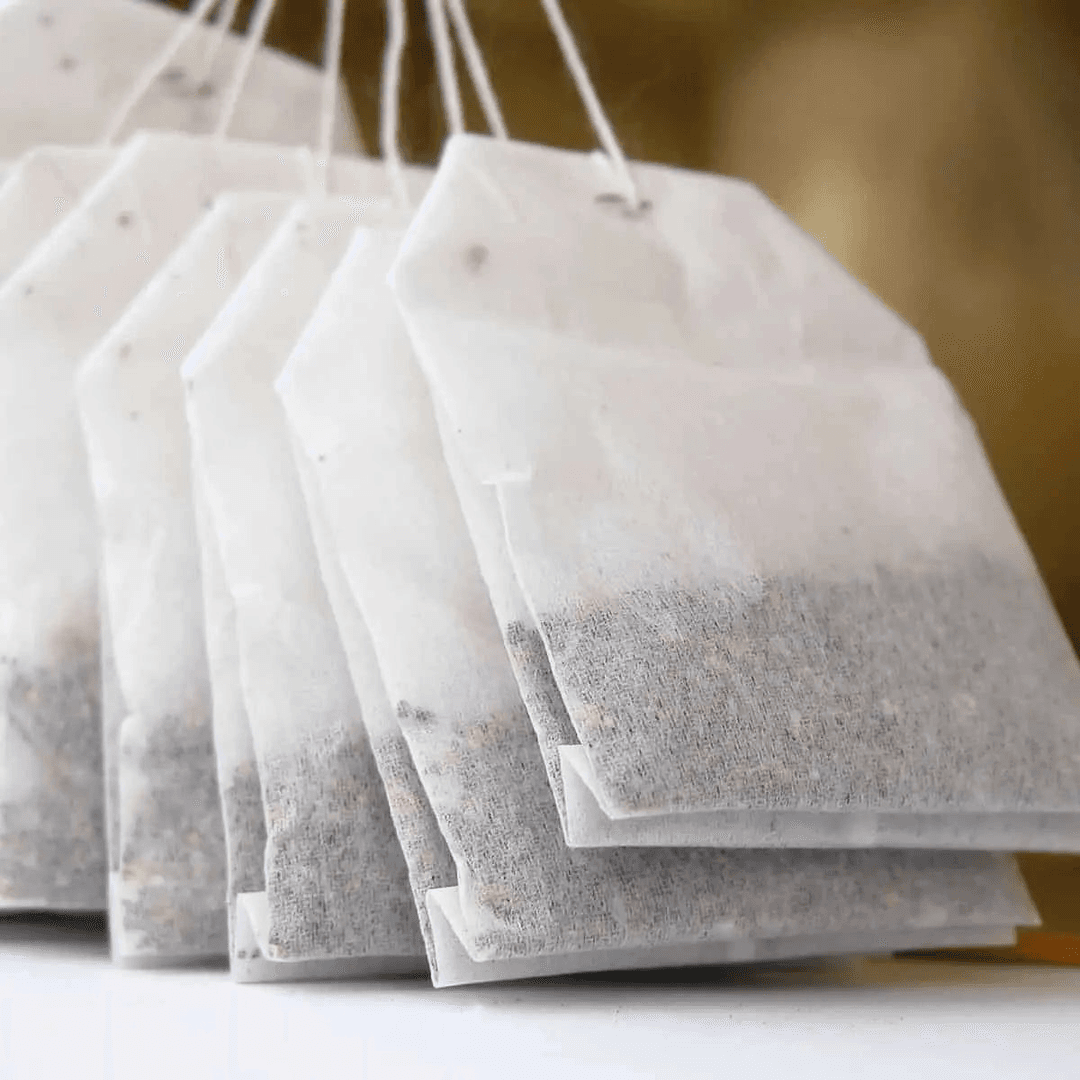
Tea Bag Packaging
Tea bags are a go-to for tea drinkers looking for convenience. Whether they're traditional string and tag bags or modern pyramid tea bags, packaging plays a crucial role in preserving the flavor while providing an efficient user experience.

Common materials used in tea bag packaging include:
- Paper: The most common material for traditional tea bags, paper is often chosen for its cost-effectiveness. Some manufacturers use bleached paper, while others use unbleached paper for a more natural aesthetic.
- Silk or Nylon: Many high-end tea brands opt for pyramid-shaped nylon tea bags to offer consumers a more luxurious experience. These bags can hold larger leaves, allowing for better infusion and flavor extraction.
Staples and Tags: The inclusion of tags and strings allows consumers to steep their tea conveniently. While traditional string-and-tag tea bags are ubiquitous, newer designs focus on reducing the amount of plastic or synthetic material used.
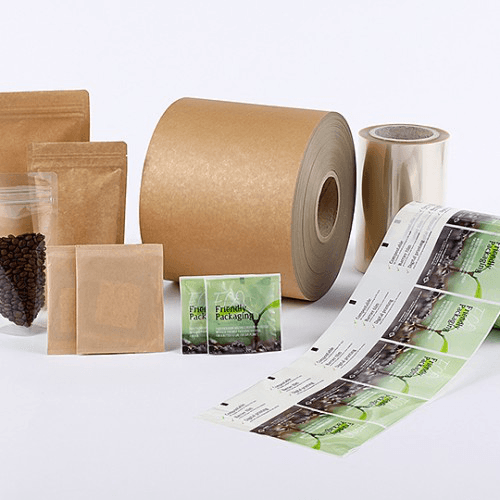
Eco-Friendly Packaging
Sustainability is a necessity for consumers nowadays. Brands that incorporate eco-friendly packaging are likely to resonate with a growing demographic of environmentally conscious buyers. Eco-friendly packaging can include biodegradable bags, compostable tea bags, and recyclable tins, all of which reduce waste and promote sustainability.
For example, some tea companies are switching to compostable tea bags made from plant-based materials like cornstarch or hemp, while others are opting for biodegradable or recyclable boxes instead of traditional plastic packaging.
Materials Used in Tea Packaging
The materials used in tea packaging impact not only the preservation of the product but also the brand’s sustainability practices. Understanding the different materials and their pros and cons is crucial for selecting the right packaging solution.
Traditional Materials
Tea packaging has traditionally been made from materials such as paper, foil, and plastic. While these materials are cost-effective and provide adequate protection for tea, they are often not the most eco-friendly option.
- Paper: Often used for tea bags and boxes, paper is relatively affordable and can be printed on easily, allowing for customized branding. However, paper can lack the durability needed for long-term storage, and it often requires a lining (such as foil) to preserve freshness.
- Foil: Aluminum foil is commonly used to preserve the freshness of tea, as it offers a barrier against moisture, light, and oxygen. This material is often used for bulk packaging or individual tea pouches. Find the best foil manufacturers to partner with on Torg now!
- Plastic: Plastic is sometimes used for packaging tea in clear bags or pouches. While it can be cost-effective and convenient, it’s also less sustainable compared to biodegradable or compostable alternatives.
Eco-Friendly Materials
As the demand for sustainability grows, tea manufacturers are turning to eco-friendly packaging solutions. These materials not only meet the demands for sustainability but also help brands align with consumer values.
- Compostable Bags: These are typically made from plant-based materials such as cornstarch or cellulose. Compostable packaging offers an environmentally friendly alternative to plastic and can be discarded in home compost bins.
- Biodegradable Materials: Biodegradable packaging breaks down over time without leaving harmful residues. Materials like biodegradable plastics, plant fibers, and kraft paper can be used for eco-friendly tea packaging.
- Glass: While not as lightweight or cost-effective as other materials, glass jars are a highly sustainable option, offering an elegant presentation and the ability to reuse the container.

1. Minimalist and Elegant Designs
Minimalism continues to be a dominant trend in design, and it works beautifully for tea packaging. A clean, simple design with subtle illustrations or typography can help a brand project sophistication. By keeping the focus on the quality of the tea itself, minimalist designs create an air of exclusivity and luxury.
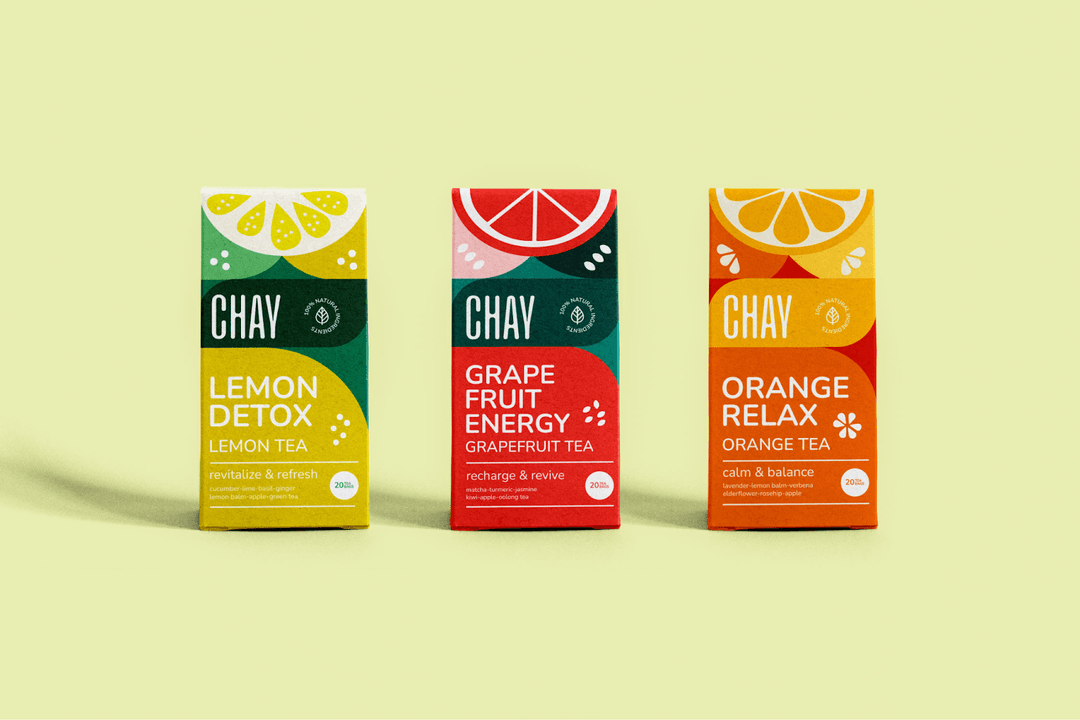
2. Bold and Vibrant Colors
For brands looking to grab attention on store shelves, bold and vibrant colors can help achieve that. Whether it’s a vibrant green for green tea or a deep red for hibiscus, using color psychology to evoke certain moods or qualities in the tea (such as calmness or energy) can create a strong connection with consumers.
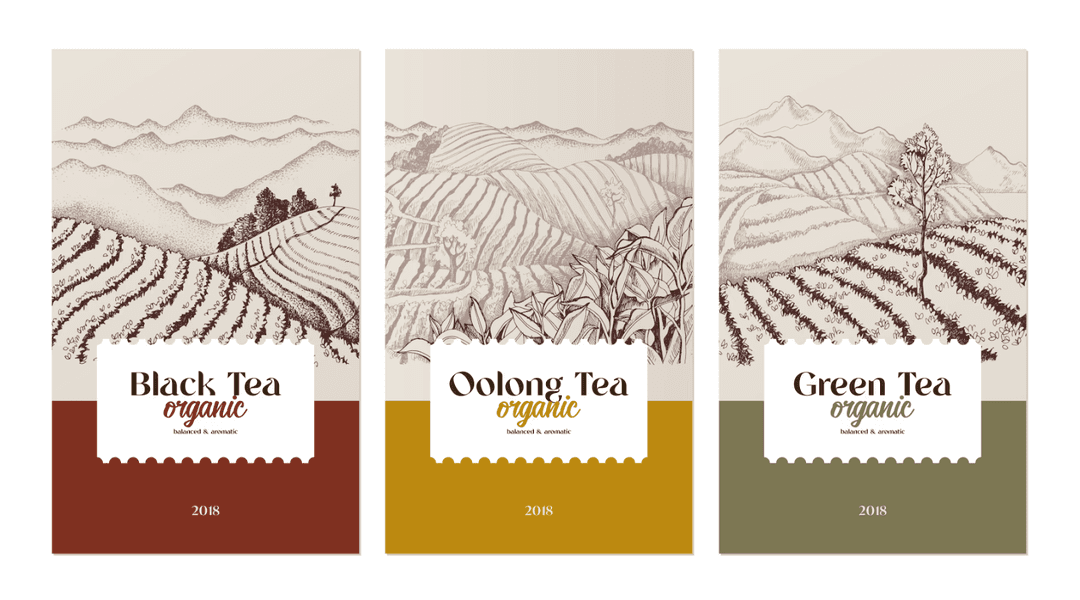
3. Vintage and Heritage-Inspired Designs
Brands that want to showcase the tradition or heritage of their tea can opt for vintage or heritage-inspired packaging. This design often includes classic fonts, retro logos, and rich, earthy tones that convey a sense of history and craftsmanship.
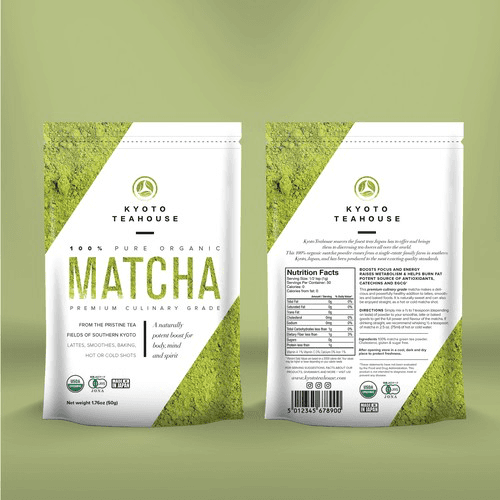
4. Interactive and Informative Packaging
Interactive packaging is another great way to engage consumers. Packaging that includes a QR code, interesting facts about the tea’s origin, or steeping instructions on the inside of the box can enhance the consumer’s experience. This not only makes the product stand out but also educates the consumer on the tea’s background.
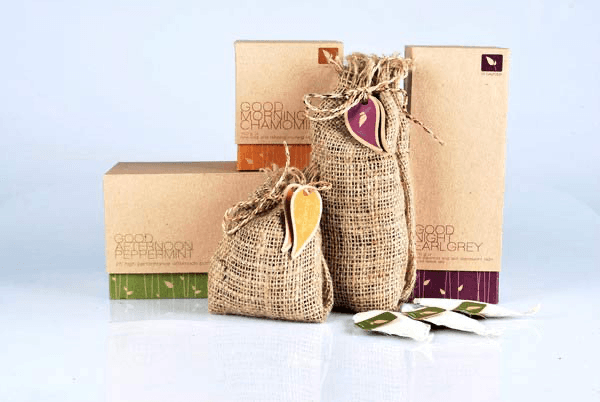
5. Eco-Friendly Packaging
For those embracing sustainability, eco-chic packaging is the way to go. Using materials like recycled paper, biodegradable plastics, or compostable bags can give the packaging a natural, eco-friendly look. Adding a “green” touch, such as plant-based inks or designs that highlight the brand’s commitment to sustainability, can resonate with eco-conscious consumers.
What is Required on Tea Packaging?
For brands, ensuring that packaging complies with regulatory standards while meeting consumer expectations is crucial. Here’s a closer look at the key information that should be included on tea packaging:
- Ingredients: Clearly list the tea variety, as well as any additives or flavorings in the blend. This helps consumers make informed choices, especially those with dietary restrictions or preferences.
- Brewing Instructions: Since tea brewing can vary depending on the type, providing clear and simple instructions is vital. Details like water temperature, steeping time, and tea quantity are key to ensuring consumers can enjoy the best possible cup.
- Certifications: If the tea is organic, fair-trade certified, or non-GMO, prominently display these certifications. They add credibility and appeal to environmentally-conscious and ethically-driven customers.
- Expiration Date: Freshness is crucial in tea, so including a best-before date ensures the product’s quality is maintained. It reassures customers that they are getting the freshest, most flavorful tea possible.
These details help build trust and make it easier for consumers to choose the right tea.
Current Trends in Tea Packaging
In recent years, several key trends have emerged that reflect both consumer values and practical needs. Let’s dive into some of the most prominent trends that are shaping the future of tea packaging.
1. Emphasis on Sustainability
Sustainability has become a top priority in almost every industry, and the tea market is no exception. More tea brands are shifting toward eco-friendly packaging materials to align with growing consumer demand for greener products. Packaging that’s biodegradable, recyclable, or compostable is gaining popularity, as people want to make environmentally responsible choices.
For example, we’re seeing tea companies move away from plastic and opt for materials like compostable tea bags made from plant-based fibers such as cornstarch. Many brands are also using recycled paper or cardboard for their boxes or tins, and glass containers are being reused as part of the eco-conscious shift. Consumers are increasingly looking for brands that reflect their values, especially when it comes to protecting the planet.
In addition to the materials, many brands are embracing minimalist designs that focus on clean lines and simple, elegant packaging. This trend not only reflects a modern aesthetic but also helps reduce packaging waste, as fewer elaborate designs and excess materials are used.
2. Personalization and Unique Experiences
As competition in the tea market intensifies, brands are looking for ways to stand out by offering more personalized and unique experiences. Customization is a growing trend, with many brands tailoring their packaging to specific customer needs or occasions.
For instance, some brands offer limited edition packaging for special seasons or events, such as holiday-themed designs or collaborations with artists. There’s also a rise in personalized tea blends, where consumers can create their own unique flavor combinations. Packaging plays a huge role in communicating the individuality of these blends, and brands are getting creative with how they present their products, whether through vibrant colors, special labeling, or unique shapes.
3. Convenience with Functional Packaging
In today’s fast-paced world, convenience is key, and tea packaging is evolving to meet this demand. Single-serve tea bags and resealable pouches are becoming more common, allowing consumers to enjoy tea on-the-go without the hassle of measuring or steeping for too long. These functional designs make it easier for tea drinkers to enjoy their favorite brews without any extra effort.
Additionally, many brands are now offering travel-friendly packaging that’s easy to carry and doesn’t compromise on the quality of the tea. This type of packaging is particularly popular with younger, busy consumers who want to enjoy a great cup of tea while juggling work, travel, or social commitments.
Conclusion
Tea packaging is more than just a way to wrap up the product but a key part of what makes a tea brand stand out. The design, materials, and even the way a brand tells its story through packaging all play a big role in how customers connect with the product. Things like choosing eco-friendly options, adding a personal touch, or just making the packaging functional and easy to use, it all helps create a more enjoyable experience for tea lovers.
In today’s crowded market, tea companies that get creative with their packaging have the chance to grab attention and build loyalty. Regardless if it's showcasing sustainable materials, including helpful brewing tips, or adding special touches like certifications, packaging is how brands communicate their values. At the end of the day, tea packaging is about making the whole experience more enjoyable and memorable, helping brands stay top of mind for consumers.
Request a Bulk Order Quote
Simple ordering, transparent pricing, delivered straight to your door

